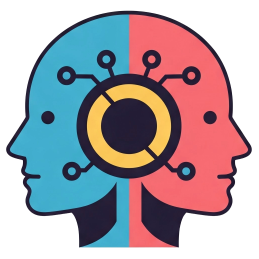Streamlining AI Workflows: The Case for Lean Orchestration
Hello, readers!
Many of us are currently grappling with AI workflow tools that seem overwhelming or unnecessarily complicated. What if we could simplify the orchestration process to its core components?
I’ve been diving into this concept with BrainyFlow, an open-source framework designed to create lean and efficient AI automations. The premise is refreshingly straightforward: utilizing just three fundamental components—Node for managing tasks, Flow for establishing connections, and Memory for tracking state—we can build virtually any AI automation. This minimalist approach encourages the development of applications that are easier to scale, maintain, and assemble from reusable elements.
One of the standout features of BrainyFlow is its lightweight nature; it boasts zero dependencies and is a mere 300 lines of code, implemented in both Python and Typescript with static types. This simplicity not only makes it more manageable for developers but also creates an intuitive environment for both human users and AI agents alike.
If you’ve been struggling with cumbersome tools that hinder your workflow or are simply intrigued by a more stripped-down method for building AI systems, I would love to hear your thoughts. What orchestration challenges are causing you the most frustration right now?
Let’s spark a conversation around this!
Best regards!










Leave a Reply